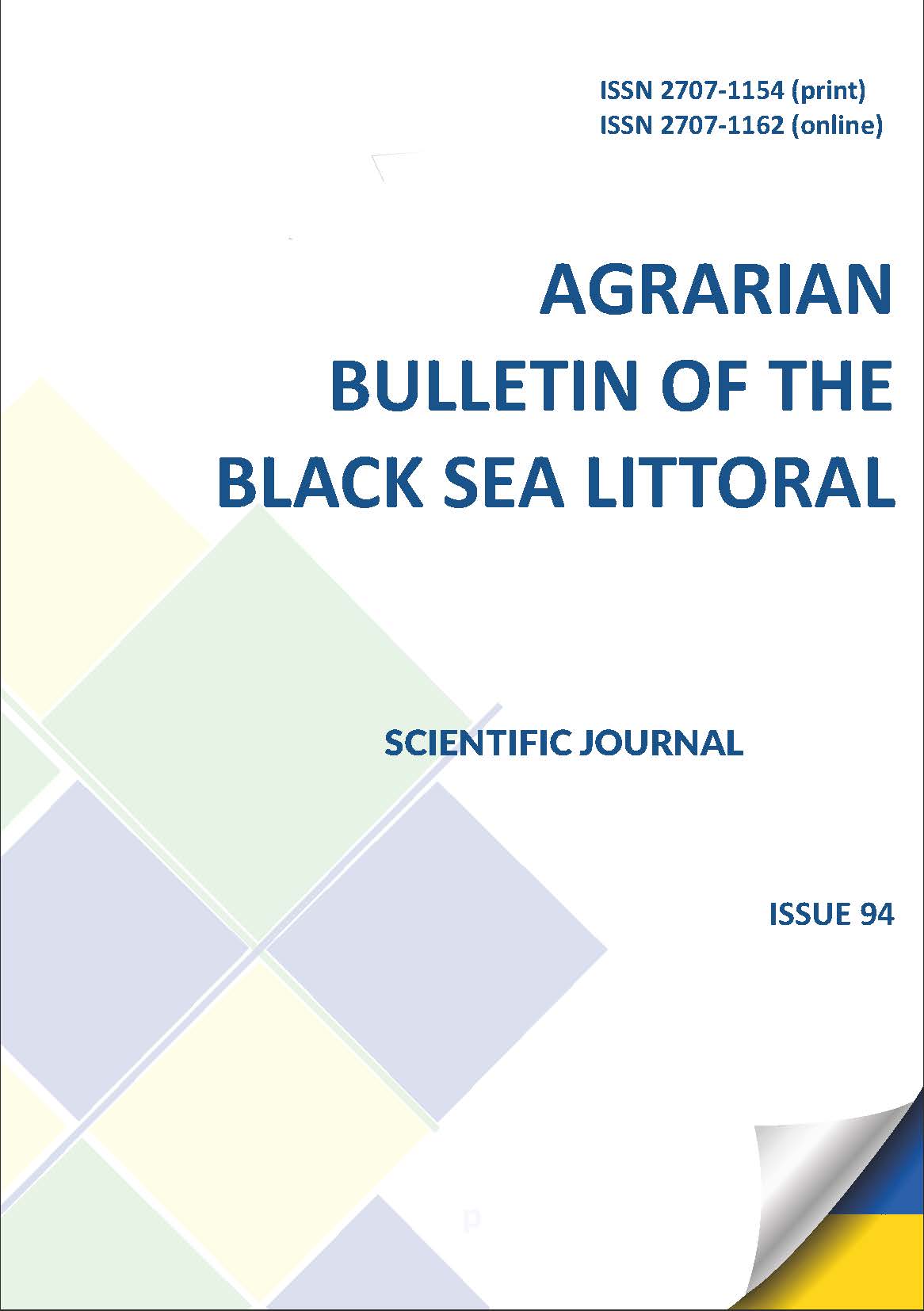THE USE OF LINEAR PROGRAMMING TECHNIQUES TO OPTIMIZE FARM SIZE
DOI:
https://doi.org/10.37000/abbsl.2019.94.14Keywords:
natural and economic zones, land resources, farms, optimization, linear programming, management.Abstract
It is recommended to implement forecasting management models in the area of land use and protection by applying linear programming methods to optimize the size of farms, which land is located in different natural and economic zones. Analysis and assessment of land use in natural-economic zones is a type of management activity for deep understanding of the dialectic of a managed object development and true assessment of its moving forces. This enables to simulate the situation of land use, to identify a specific goal, to choose the means to achieve it and to obtain the optimum result. The implementation of the proposed forecast models of the optimal farm size is carried out by linear programming in three ways (northwest corner method, minimum cost method and What-If analysis method, that uses Solver, a Microsoft Excel add-in program). The implementation of the above approaches is based on the example of four farms and five natural-economic zones. The obtained solutions show that the best result is attained by using Solver for What-If analysis method, a Microsoft Excel add-in program. The northwest corner method gives the worst result, but this is the simplest solution. The minimum cost method depends on the researcher qualification and produces the result that is most often found between the results obtained by the northwest corner method and the "Solver" procedure. When using the method of the northwest corner a program of consideration of different options for the distribution of land resources and the choice of the optimal solution was developed. This allows to find an optimal result of land allocation according to the result, which is similar to the result of the procedure "Solver", but it is more adapted for the direct participation of the researcher in the process of solving problems. There is an opportunity to improve the result by changing the original data, which simulates the forecast of the distribution of farm land in natural-economic zones, while minimizing production costs. In the absence of access to computers, the solutions obtained by the northwest corner and the minimum cost methods can be improved by the potential method.
References
2. Мовчан Т.В. Оптимізація управління земельними ресурсами при формуванні та плануванні фермерських господарств. Вісник Львівського державного аграрного університету. Львів, 2008. №15. С. 665–672.
3. Мовчан Т.В. Вдосконалення прогнозних моделей управління земельними ресурсами. Вісник Львівського державного аграрного університету. Львів, 2008. №11. С. 231–237.
4. Мовчан Т.В./ Особливості моделювання в управлінні земельними ресурсами в сучасних умовах. Вісник Львівського державного аграрного університету. Землевпорядкування і земельний кадастр. Львів, 2007. №10. С. 53-58.
5. Мовчан Т.В. Прогнозні моделі управління в галузі використання та охорони земельних ресурсів на регіональному рівні : дис. канд. екон. наук : 08.00.06 / Національний ун-т біоресурсів і природокористування України. Київ, 2010. 250С.
6. Сохнич А., Солярчук Ю., Смолярчук М. Актуальні аспекти оптимізації землекористування. Вісник Львівського державного аграрного університету. Землевпорядкування і земельний кадастр. Львів, 2006. №9. С. 3-7.


